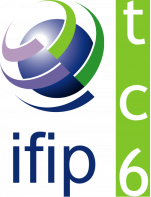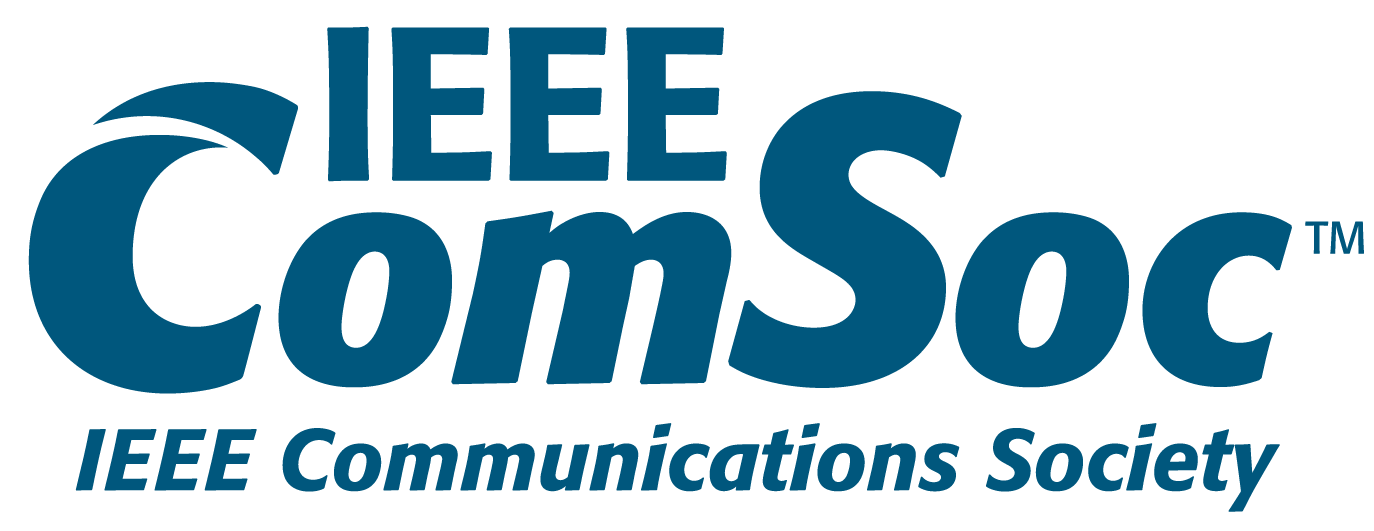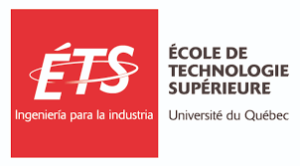WMNC 2022 Keynotes
Keynote #1
Title: The implications of Open RAN adoption on AI-driven Management of 5G and Beyond Networks
Abstract: Current 5G networks and incoming beyond 5G (B5G) networks are expected to support a wide range of emerging use-cases such as holographic communication and autonomous vehicles, with diverse requirements in terms of throughput, latency, and reliability. Supporting such multi-faceted requirements mandates a highly flexible end-to-end network architecture, enabled by network slices spanning from the Radio Access Network (RAN) to the mobile core. Legacy RAN solutions rely on closed-box functions and proprietary interfaces, which makes RAN and end-to-end slicing difficult. Therefore, in recent years, there has been a push toward adopting the principles of disaggregation, virtualization, and open interfaces in the RAN, known as Open RAN (ORAN). The concept of ORAN improves the flexibility of the mobile RAN, and benefits operators by increasing innovation rates and reducing operational costs. However, realizing the full potential of ORAN dramatically increases the complexity of resource management in the infrastructure and necessitates automated network management powered by advanced data processing and AL/ML techniques. This talk will discuss some of the challenges and benefits of incorporating ORAN into 5G autonomous network management with particular focus on programmable network monitoring, unsupervised learning for fault detection and localization, and reinforcement learning for online slicing and admission control.
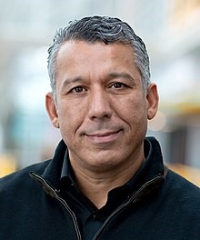
Raouf Boutaba
(University of Waterloo, Canada)
Bio: Raouf Boutaba is currently a University Chair Professor and the director of the David R. Cheriton School of Computer Science at the University of Waterloo. He also holds an INRIA International Chair in France. He is the founding Editor-in-Chief of IEEE Transactions on Network and Service Management (2007–2010) and served recently as the Editor-in-Chief of the IEEE Journal on Selected Areas in Communications (2018-2021). He is a Fellow of the Engineering Institute of Canada, the Institute of Electrical and Electronics Engineers, the Canadian Academy of Engineering, and the Royal Society of Canada.
Keynote #2
Title: Why 6G has to be a federation of autonomous domains?
Abstract: The communications solutions evolve in order to fulfil new expectations regarding network functions and services, and the progress in hardware and software technologies fuels this evolution. The ever-growing functionality of networks makes networking solutions more and more complicated. Network virtualization combined with Service Based Architecture changed the way of network design, providing, on the one hand, multiple benefits, including low cost of total ownership, short time to market and efficient usage of (shared) infrastructure resources.
On the other hand, the approach (or its present implementation) raises some issues related to NFV-based orchestration, 5G-based network slicing, integration of different service platforms (O-RAN, MEC and 5GC), reliability and the use of AI-driven management. It is expected that the 6G network will solve the shortcomings and will be able to cope with new requirements. These requirements, among others, include end-to-end self-manageability, the ability to use NTNs and exploit the mobility of NTNs nodes (this includes UAVs as mobile computing nodes) and the ability to use virtualized resources of the end-user terminals.
The expected features of the 6G network, like D2D communication and NTN integration, make it a good candidate for a mission-critical solution. However, such a solution has some additional requirements. In the talk, 5G constraints and how to fulfill the above mentioned requirements will be discussed. A high-level concept of 6G, designed as a federation of flexible and intelligent domains, will be presented as an exemplary solution. The proposed integration of domains is immersive – it allows one domain to offer services to other domains.

Sławomir Kukliński
(Orange Polska and Warsaw University of Technology, Poland)
Bio: In 1994 Sławomir Kukliński received a PhD with honours from Warsaw University of Technology, and since then, he has been an assistant professor. His PhD thesis concerned neural networks (now part of AI). For about 20 years, he also works for Orange Polska as Research Expert. At the beginning of his career, he was involved in digital signal processing for military (radar systems) and non-military applications (voice compression and recognition).
Later, he worked on wireless mesh networks (MANET), VANET (V2X), and SDN. For about 15 years, he has been involved in research concerning autonomic network management and mobile networks. Actually, he is working on network slicing 5G, 6G and autonomic and cognitive techniques applied to network management and control. As a principal investigator, he was involved in more than ten EU-funded projects, including FP6 MIDAS, FP7 4WARD, FP7 EFIPSANS, Celtic COMMUNE (Cognitive Network Management under Uncertainty), 5G!Pagoda, 5G-DRIVE, 5G!Drones, MonB5G and Hexa-X (6G flagship project in Europe). He has been involved in ITU-T standardization concerning future networks (SG13). Slawomir Kukliński has published more than 80 scientific papers, has been a TPC member of many conferences and has given several invited keynotes.
Keynote #3
Title: Novel Index Modulation Techniques for Low-power Ultra-high Data Rate System
Abstract: Wireless data demand is continuously increasing, and thus, additional breakthroughs are required to cope with beyond 5G requirements, where the sub-TeraHertz (THz) bands are considered as key enablers. Recent communication standards considered different techniques like MIMO spatial multiplexing, higher QAM modulation order, and wider bandwidth to increase data rate. However, the higher-order QAM are limited by RF impairments and technological limitations that increase at higher carrier frequencies. In order to increase the spectral efficiency while using low order QAM, Index Modulation (IM) was introduced. In this talk, a generalized MIMO Spatial Multiplexing (SMX) system with IM is discussed, where a part of the information bits is conveyed in the signal domain (e.g. QAM) and the second part is conveyed through the indexation of the filter shape in the filter IM domain that generalizes time and frequency IM domains. This particular Filter Shape (FS) IM is called FSIM. In this talk, a comparison will be provided between existing systems and recent advanced schemes achieving high spectral efficiency (SE) gain with the help of IM for wireless sub-THz communications.
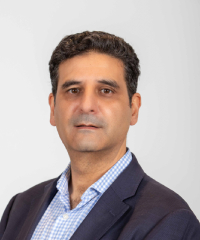
Carlos-Faouzi Bader
(Technology Innovation Institute, UAE)
Bio: C. Faouzi Bader received his PhD degree (with Honors) in Telecommunications in 2001 from Universidad Politécnica de Madrid (UPM), Madrid-Spain. He joined the Centre Technologic de Telecomunicacions de Catalunya (CTTC) in Barcelona-Spain as research associate in 2002, and from 2006- to 2013 as Senior Research Associate. From June 2013 to end December, he has been as Associate Professor at CentraleSupélec (France).
Since 2017, he is as Honorary Adjunct Professor at University of Technology Sydney (Australia), and during 2018-2019 the Head of Signals & Communications department at Institute of Electronics and Digital Technologies (IETR) in Rennes-France. From 2020 to end 2021, he took the position of the Director of research at Institut Supérieur D’Electronique de Paris-ISEP (France). From December 2021, he is Director of the Digital Telecom unit at the Digital Science Research Center (DSRC) of Technology Innovation Institute (TII) in Abu Dhabi-UAE.
His research activities mainly focus on IMT-advanced systems as: 5G networks and systems, Cognitive Radio communication environment, and THz wireless communications (6G). He has been involved in several European projects from the 5th-7th EC research frameworks (8 EU funded projects and 10 national projects), from 2012 to 2013 he has been the general coordinator and manager of the EC funded ICT “EMPhAtiC” project focusing on “Enhanced Multicarrier Techniques for Professional Ad-Hoc and Cell-Based Communications”. From 2007-2021. Prof. F. Bader has been the main coordinator of the BRAVE ANR French project at CentraleSupélec (France) where the main goal was the achievement of efficient waveform for THz/Terabits wireless communication devices.
He has published over 45 journals, 136 papers in peer-reviewed international conferences, more than 13 book chapters, and 4 edited books. He served as Technical Program Committee member in major IEEE ComSoc and VTS conferences (ICC, PIMRC, VTC spring/fall, WCNC, ISWCS, GLOBECOM, ICT). He is IEEE Senior Member since 2007.

